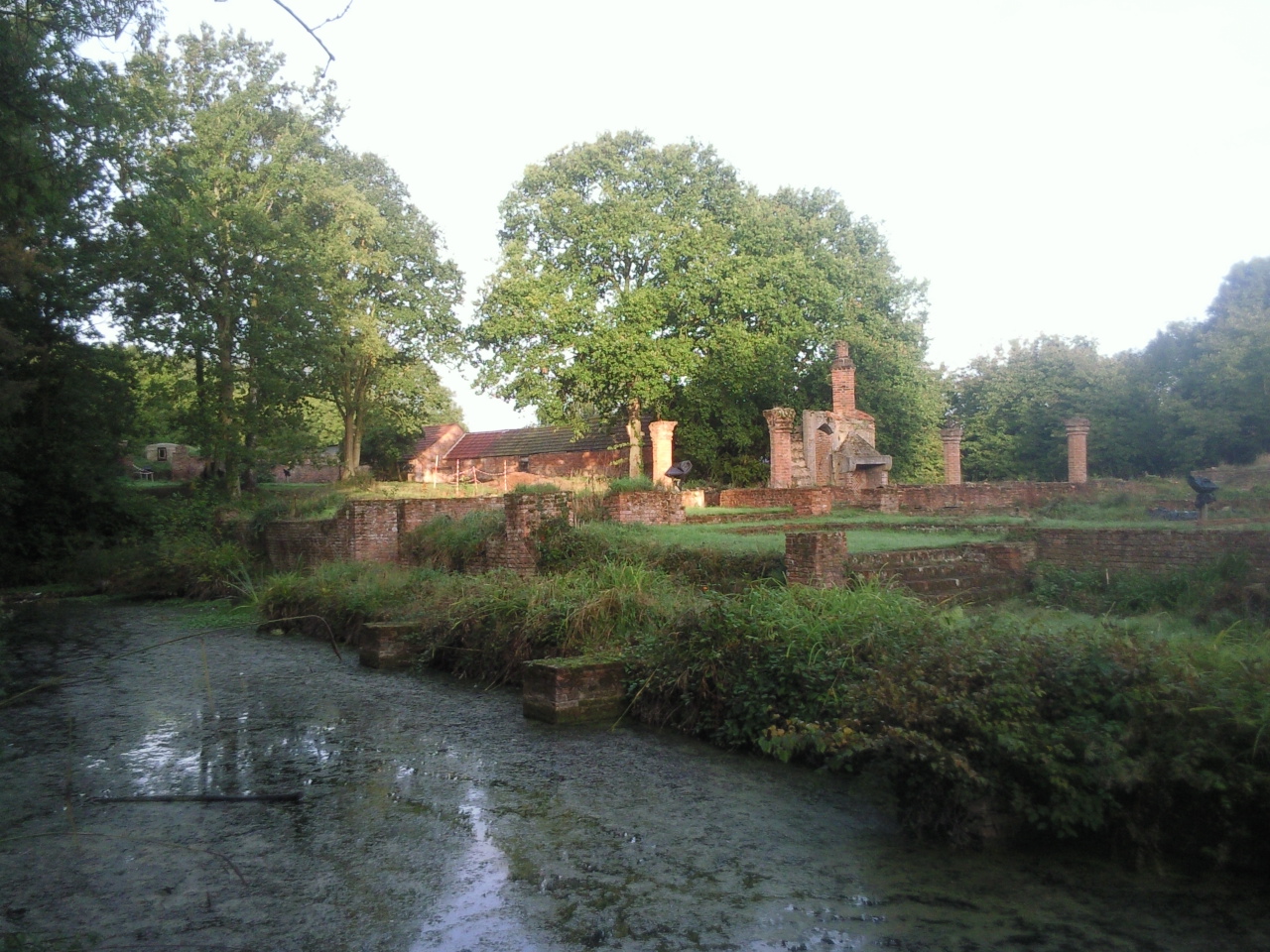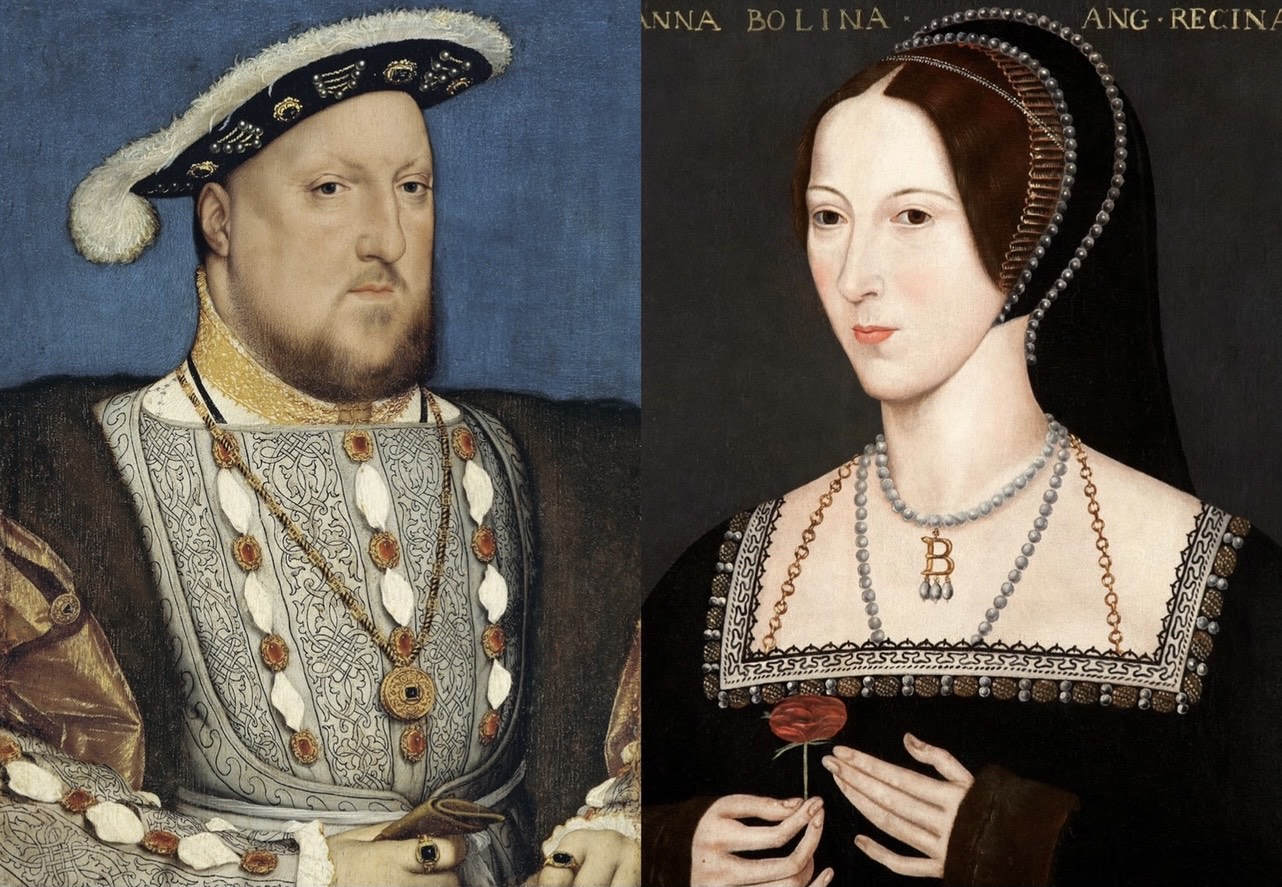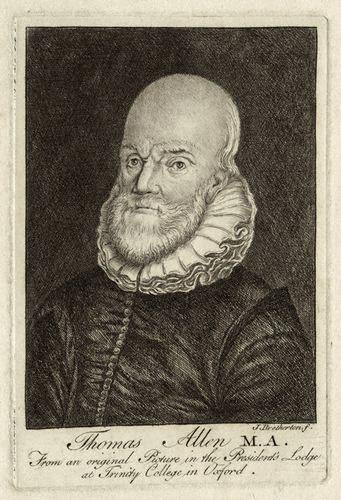|
Leicester's Commonwealth
''Leicester's Commonwealth'' (originally titled ') (1584) is a scurrilous book that circulated in Elizabethan England and attacked Queen Elizabeth I's favourite, Robert Dudley, Earl of Leicester. The work was read as Roman Catholic propaganda against the political and religious policy of Elizabeth I's regime, particularly the Puritan sympathies fostered by Leicester. In doing so, it portrayed Leicester as an amoral opportunist of "almost satanic malevolence" and circulated lurid stories of his supposed scandalous deeds and dangerous plots. The text is presented as "a letter written by a Master of Art of Cambridge to his friend in London, concerning some talk passed of late between two worshipful and grave men about the present state and some proceedings of the Earl of Leicester and his friends in England". The title ''Leicester's Commonwealth'' was first used in the 1641 edition. The book significantly influenced Leicester's historical reputation in the ensuing centuries. Content ... [...More Info...] [...Related Items...] OR: [Wikipedia] [Google] [Baidu] |
Walter Devereux, 1st Earl Of Essex
Walter Devereux, 1st Earl of Essex, KG (16 September 1541 – 22 September 1576), was an English nobleman and general. From 1573 until his death he fought in Ireland in connection with the Plantations of Ireland, most notably the Rathlin Island massacre. He was the father of Robert, 2nd Earl of Essex, who was Elizabeth I's favourite during her later years. Family Walter Devereux was the eldest son of Sir Richard Devereux, who was created a knight of the Bath on 20 February 1547 and died that same year, in the lifetime of his father, the 1st Viscount Hereford. Walter Devereux's mother was Lady Dorothy Hastings, daughter of the 1st Earl of Huntingdon and Anne Stafford, said to have been a mistress of King Henry VIII. Through his paternal ancestry he was related to the Bourchier family, to which previous earls of Essex had belonged:G.E.C (Editor). Complete Baronetage. (New York: St. Martin’s Press, 1984). Volume 2, pages 249-50, BourchierThe Bourchier Earldom of Essex ... [...More Info...] [...Related Items...] OR: [Wikipedia] [Google] [Baidu] |
Charles Arundell
Sir Charles Arundell (died 9 December 1587), was an English gentleman, lord of the manor of South Petherton, Somerset, notable as an early Roman Catholic recusant and later as a leader of the English exiles in France. He has been suggested as the author of ''Leicester's Commonwealth'', an anonymous work which attacked Queen Elizabeth's favourite, the Earl of Leicester. Early life and background Arundell was the son of Sir Thomas Arundell (who was attainted and executed in 1552) and of Margaret Howard (died 1571), a sister of Queen Catherine Howard. His maternal grandparents were Lord Edmund Howard (died 1539), the third son of Thomas Howard, 2nd Duke of Norfolk, and Joyce Culpeper (c. 1480–1531). His great aunt Elizabeth, Countess of Wiltshire, was the mother of Anne Boleyn, who was thus the first cousin of Arundell's mother as well as being the mother of Queen Elizabeth I, and his ancestors on his mother's side included the Varangian chieftain Rurik (''ca.'' 830–879), fou ... [...More Info...] [...Related Items...] OR: [Wikipedia] [Google] [Baidu] |
Robert Persons
Robert Persons (24 June 1546 – 15 April 1610), later known as Robert Parsons, was an English Jesuit priest. He was a major figure in establishing the 16th-century "English Mission" of the Society of Jesus. Early life Robert Persons was born at Nether Stowey, Somerset, to yeoman parents. Through the favour of local parson named John Hayward, a former monk, he was educated in 1562 at St. Mary's Hall, Oxford. After completing his degrees with distinction, he became a fellow and tutor at Balliol in 1568.Pollen, John Hungerford. "Robert Persons." The Catholic Encyclopedia Vol. 11. New York: Robert Appleton Company, 1911. 25 March 2016 College fellow and priest As a Fellow of Balliol College, Persons clashed with the Master there,[...More Info...] [...Related Items...] OR: [Wikipedia] [Google] [Baidu] |
Thomas Morgan (of Llantarnam)
Thomas Morgan of Llantarnam (or Bassaleg, a branch of the Morgan of Tredegar) (1546–1606), of the Welsh Morgan of Monmouthshire, was a confidant and spy for Mary, Queen of Scots, and was involved in the Babington plot to kill Queen Elizabeth I of England. In his youth, Thomas, a staunch Catholic, worked as Secretary of the Archbishop of York until 1568, and then for Lord Shrewsbury who had Mary under his care at this time. Morgan's Catholic leanings soon brought him into the confidence of the Scottish queen and Mary enlisted Morgan as her secretary and go-between for the period extending between 1569 -1572 which coincided with a series of important conspiracies against Elizabeth. Morgan was imprisoned for 3 years in the Tower of London before exiling himself to France. The Parry Plot Thomas Morgan had a secret correspondence with Mary, who was imprisoned in England, and he was plotting the assassination of Queen Elizabeth. In 1584 he may have been involved in the production o ... [...More Info...] [...Related Items...] OR: [Wikipedia] [Google] [Baidu] |
Francis Walsingham
Sir Francis Walsingham ( – 6 April 1590) was principal secretary to Queen Elizabeth I of England from 20 December 1573 until his death and is popularly remembered as her " spymaster". Born to a well-connected family of gentry, Walsingham attended Cambridge University and travelled in continental Europe before embarking on a career in law at the age of twenty. A committed Protestant, during the reign of the Catholic Queen Mary I of England he joined other expatriates in exile in Switzerland and northern Italy until Mary's death and the accession of her Protestant half-sister, Elizabeth. Walsingham rose from relative obscurity to become one of the small coterie who directed the Elizabethan state, overseeing foreign, domestic and religious policy. He served as English ambassador to France in the early 1570s and witnessed the St. Bartholomew's Day massacre. As principal secretary, he supported exploration, colonization, the use of England's maritime strength and the ... [...More Info...] [...Related Items...] OR: [Wikipedia] [Google] [Baidu] |
Mary, Queen Of Scots
Mary, Queen of Scots (8 December 1542 – 8 February 1587), also known as Mary Stuart or Mary I of Scotland, was Queen of Scotland from 14 December 1542 until her forced abdication in 1567. The only surviving legitimate child of James V of Scotland, Mary was six days old when her father died and she inherited the throne. During her childhood, Scotland was governed by regents, first by the heir to the throne, James Hamilton, Earl of Arran, and then by her mother, Mary of Guise. In 1548, she was betrothed to Francis, the Dauphin of France, and was sent to be brought up in France, where she would be safe from invading English forces during the Rough Wooing. Mary married Francis in 1558, becoming queen consort of France from his accession in 1559 until his death in December 1560. Widowed, Mary returned to Scotland in August 1561. Following the Scottish Reformation, the tense religious and political climate that Mary encountered on her return to Scotland was further agitated ... [...More Info...] [...Related Items...] OR: [Wikipedia] [Google] [Baidu] |
Henry Hastings, 3rd Earl Of Huntingdon
Henry Hastings, 3rd Earl of Huntingdon, KG, KB (c. 153514 December 1595) was an English Puritan nobleman. Educated alongside the future Edward VI, he was briefly imprisoned by Mary I, and later considered by some as a potential successor to Elizabeth I. He hotly opposed the scheme to marry Mary, Queen of Scots, to the Duke of Norfolk, and was entrusted by Elizabeth to see that the Scottish queen did not escape at the time of the threatened uprising in 1569. He served as President of the Council of the North from 1572 until his death in 1595. Early life Education Hastings was born in Ashby-de-la-Zouch, Leicestershire, the eldest son of Francis Hastings, 2nd Earl of Huntingdon, and Catherine Pole in 1535 or 1536. Through his mother, he was descended from George Plantagenet, 1st Duke of Clarence, who was a brother of King Edward IV. This gave him some claim to the throne. Hastings was educated at first by private tutors at his family manor. A year or so senior to Edward VI, ... [...More Info...] [...Related Items...] OR: [Wikipedia] [Google] [Baidu] |
Black Magic
Black magic, also known as dark magic, has traditionally referred to the use of supernatural powers or magic for evil and selfish purposes, specifically the seven magical arts prohibited by canon law, as expounded by Johannes Hartlieb in 1456. During his period of scholarship, A. E. Waite provided a comprehensive account of black magic practices, rituals and traditions in ''The Book of Ceremonial Magic'' (1911). It is also sometimes referred to as the " left-hand path". In modern times, some find that the definition of black magic has been convoluted by people who define magic or ritualistic practices that they disapprove of as black magic. The seven ''Artes prohibitae'' of black magic The seven ''artes prohibitae'' or ''artes magicae'', arts prohibited by canon law, as expounded by Johannes Hartlieb in 1456, their sevenfold partition reflecting that of the artes liberales and artes mechanicae, were: # necromancy # geomancy # hydromancy # aeromancy # pyromancy # chi ... [...More Info...] [...Related Items...] OR: [Wikipedia] [Google] [Baidu] |
Elizabeth I Of England
Elizabeth I (7 September 153324 March 1603) was Queen of England and Ireland from 17 November 1558 until her death in 1603. Elizabeth was the last of the five House of Tudor monarchs and is sometimes referred to as the "Virgin Queen". Elizabeth was the daughter of Henry VIII and Anne Boleyn, his second wife, who was executed when Elizabeth was two years old. Anne's marriage to Henry was annulled, and Elizabeth was for a time declared illegitimate. Her half-brother Edward VI ruled until his death in 1553, bequeathing the crown to Lady Jane Grey and ignoring the claims of his two half-sisters, the Catholic Mary and the younger Elizabeth, in spite of statute law to the contrary. Edward's will was set aside and Mary became queen, deposing Lady Jane Grey. During Mary's reign, Elizabeth was imprisoned for nearly a year on suspicion of supporting Protestant rebels. Upon her half-sister's death in 1558, Elizabeth succeeded to the throne and set out to rule by good counsel. S ... [...More Info...] [...Related Items...] OR: [Wikipedia] [Google] [Baidu] |
Thomas Allen (mathematician)
Thomas Allen (or Alleyn) (21 December 154230 September 1632) was an English mathematician and astrologer. Highly reputed in his lifetime, he published little, but was an active private teacher of mathematics. He was also well connected in the English intellectual networks of the period. Early life He was born in Uttoxeter, Staffordshire. He was admitted scholar of Trinity College, Oxford, in 1561; and graduated as M.A. in 1567. In 1571 he left his college and fellowship, and moved to Gloucester Hall. He became known for his knowledge of antiquity, philosophy, and mathematics. At Gloucester Hall Gloucester Hall suited Allen, a sympathiser at least with Catholicism, because there was no stringent religious observance required there; indeed there was no chapel in the Hall. Allen's beliefs have been classified as "church papist", but also his posture as "crypto-Catholic": a Catholic faith combined with outward conformity to the Church of England. He joined there his friends Edmund R ... [...More Info...] [...Related Items...] OR: [Wikipedia] [Google] [Baidu] |
Stop Press
"Stop press" or "Stop the presses" is an idiomatic exclamation when significant information is discovered. The phrase stems from the printed news media industry. If the content of an issue needed to be revised just before, or during its printing the printing press A printing press is a mechanical device for applying pressure to an inked surface resting upon a print medium (such as paper or cloth), thereby transferring the ink. It marked a dramatic improvement on earlier printing methods in which the ... was stopped and the content amended, such as by changing the plates or type, before restarting it. Reasons to stop the press might be to add a news item or correct an error. This could cause delay and expense, such as by necessitating that already printed copies be discarded, so was generally reserved for highly significant content changes such as the breaking of a very important news story. References Journalism terminology English-language idioms {{newspape ... [...More Info...] [...Related Items...] OR: [Wikipedia] [Google] [Baidu] |

.jpg)






